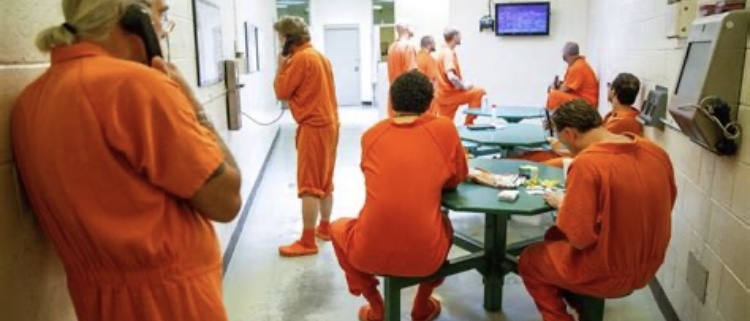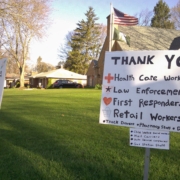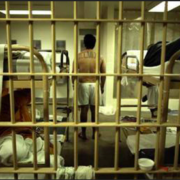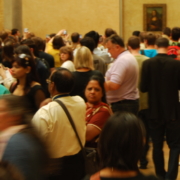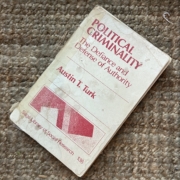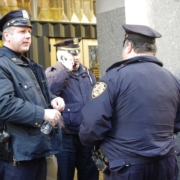The time to act to stop the spread of COVID-19 in our nations’ correctional facilities is now
The United States now has the highest number of people who have contracted COVID-19, and the greatest number who have died as a result of it. But the distribution of people who have been affected is not even. Some people and settings are more vulnerable than others. Since the United States has the highest incarceration rates, it is not surprising that COVID-19 has hit jails and prisons and the people who both live and work there hard.
Correctional facilities are breeding grounds for sickness and the transmission of viruses. Why? They are notoriously dirty places, their HVAC systems are typically obsolete and poorly maintained so bacteria and germs thrive, and health care behind bars is rationed and of poor quality. More importantly, it is difficult for those who are incarcerated to socially distance from fellow prisoners who may be afflicted by many numerous communicable diseases, including COVID-19. Inmates are not the only people infected. Correctional workers, from officers to administrators, who interact with prisoners on a daily basis are also exposed to the same risks. In short, jails, prisons and other correctional facilities make you sick and are nasty places to be sick.
Indeed there have been calls by prisoners, their loved ones, activists and allied organizations to release as many people as possible from correctional facilities. Among those who have been released, it is not entirely clear what “being released” means. In some jurisdictions judges and prison administrators are proposing that inmates should be released until the COVID -19 scare is over or we have significantly “flattened the curve.” But correctional institutions and governments, at all levels, have been slow to respond to these calls. Jurisdictions are reluctant to release prisoners into the community because they fear that these individuals might reoffend, infect other people in the community, or become infected themselves.
This view finds support from members of the public who believe that all prisoners are dangerous and rabidly hyper violent. In fact, a large proportion of people incarcerated in correctional facilities are nonviolent, and those who have served many years behind bars have lower probabilities of reoffending than the general population. Thus releasing a substantial portion of prison and jail populations, who shouldn’t be incarcerated or for so long, would not represent a significant risk to the public and will end up saving lives .
Every day, my twitter feed, includes numerous news reports about the number of inmates who have been infected or died, or correctional facilities that have experienced enormous outbreaks of COVID-19. Also, we now have two relevant data bases (@CovidPrisonData & @Covid19Prisons). One tracks the number of people who are infected in prison and the other amalgamates policies and practices that countries throughout the world are considering or are already using to deal minimize or prevent prisoners from being exposed to the coronavirus. This data is publicly available. Thus neither lack of data nor access to it can be used an excuse to act to alleviate the spread of COVID-19 in jails and prisons. As it is painfully clear the debacle is primarily due to incompetence, inertia, or poor decision-making at the secretary of corrections levels in most states where the Department of Corrections have failed to act. This situation is more dire because as I write this, large numbers of inmates and correctional officers are being infected and some are dying.
Over the last four months, we have seen some unspeakable tragedies that shock the conscience of most caring people in the free world. In a country that prides itself on upholding and protecting human and civil rights, the failure to demonstrate responsible leadership toward people behind bars confronting COVID-19 at the federal, state, and local levels is not only inhumane, but also shocking in its blatant disregard for human life. If we’re appalled and shocked by this and do not recognize our country, then voting in November is one way make this right.

